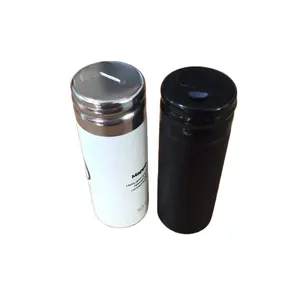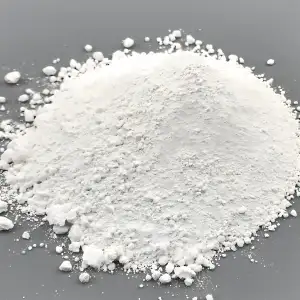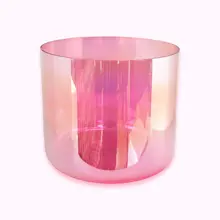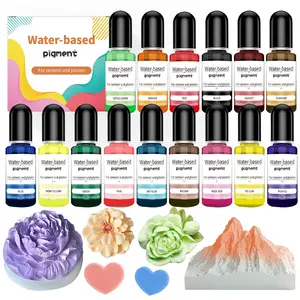Pigment definition is a material that changes the color of reflected or transmitted light as the result of wavelength-selective absorption. In other words,
pigment is a substance that appears a certain color because it selectively absorbs a certain wavelength of light. The primary purpose to use
pigment powder is to provide color to materials, whether they are textiles or paints. Some people often consider
pigment ink and dyes to be the same but they’re quite different. While a dye can dissolve by itself in a liquid,
color pigments can be dissolved in a liquid with the help of a binder. Dyes are primarily applied in the textile and paper industry,
high pigments are used in industries such as coloring paints, inks, cosmetics, and plastics. Based on the method of their formulation,
pigment dyes can be categorized into two types: inorganic pigments and organic pigments.
Organic pigments
This type of dye pigment occurs naturally and they’re pretty simple in their chemical structure. They're called organic since they're made up of minerals and metals that give them their color. Organic pigment-ink manufacturers produce them through a simple process that’s made of washing, drying, powdering, and combining them into a formulation. Compared to inorganic pigments, the usage of these pigments is less frequent and that’s why there are a limited number of organic pigment suppliers. These dye pigments are used when the required color strength isn’t too much.
Inorganic pigments
This type of powdered paint pigment is exactly the opposite type of organic pigment. These high pigments are also known as “synthetic pigments.” They’re formalized in labs and offer a great scope of control to inorganic pigment manufacturers. Inorganic pigment dyeing suppliers supply this type of pigment mainly to paints, plastics, synthetic fibers, and the ink industry. In uses where bright colors are required, Organic pigment-ink are used as they bolster high color strength. Inorganic pigments include white opaque pigments which are commonly used to lighten other colors and also to provide opacity.
Metallic pigments and industrial pigments
Metallic pine and pigment, as implied in the name, include metal pigments such as zinc and aluminum pigments. Industrial pigments, on the other hand, are pigments that are commonly utilized in industrial applications and include organic, inorganic, and metallic pigments.












































 浙公网安备 33010002000092号
浙公网安备 33010002000092号 浙B2-20120091-4
浙B2-20120091-4